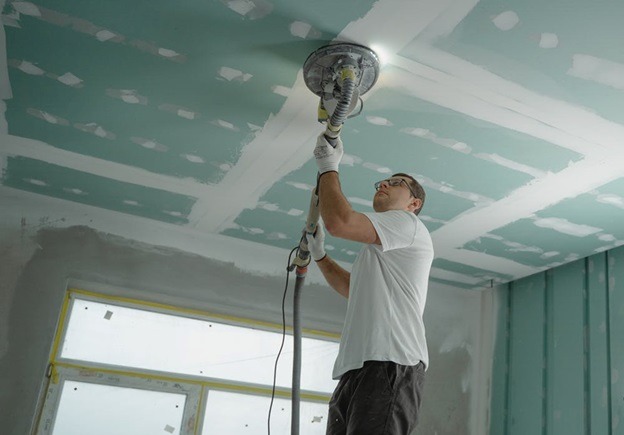A crawl space is a vital part of a home, but it’s easily forgotten since it isn’t used very often. Unfortunately, your crawl space can become a source of moisture, especially if you live in chilly areas, potentially resulting in mold, mildew, and other problems that can compromise your home structure. It’s essential to keep this part of your home dry, particularly in the winter, when it will be more prone to moisture issues. Here are some tips to prepare your crawl space for winter.
1. Insulate your crawl space
Bare or exposed walls and ceilings can cause many issues to your home. They can cause cold in your basement walls, leading to moisture condensation in the air. Adding insulation to your crawl space’s basement walls and ceiling will make the area much warmer, keeping your overall home cozy. In addition, it will lower the chance of moisture condensation developing on cold walls and reduce your heating bills during the winter.
Foam insulation can cause moisture to get trapped between the foam and the wall to which it’s attached during the crawl space clean ups, so it’s recommended to use water-resistant insulation. Typically, this insulation comes in the form of strong boards or enclosed batt insulation.
2. Clean your gutters
Leaves, sticks, and other debris can cause problems for your home roof and create moisture issues for your home’s interior. If your gutters are clogged, water will not flow where it’s needed to but instead will spill over and pool around the foundation. This can lead to moisture issues in your crawl space. Carefully clean out all debris from your gutters and ensure downspouts are free from anything that can clog them to keep water flowing smoothly. Cleaning the crawl space may be a daunting task for many homeowners, which is why you should consider professional crawl space clean ups for best results.
3. Close air vents
Unsealed air openings on the sides of the crawl space can lead to frozen pipes or water lines. Consider closing or sealing the openings to help prevent frozen pipes when preparing your crawl space for the winter.
Crawl space air vents are designed to allow airflow but are ineffective at circulating the air. Cold air gets in through the vents and sits in the lower part of your home, leading to a stack effect. Closing your crawl space vents helps keep the space under the house warmer and reduces energy loss.
4. Prevent pests from getting into your crawl space
Prevent rodents and other pests from finding their way inside your crawl space or basement. Get inside your crawl space and look for any signs of rodents’ infestation and pests hiding in the area. Sometimes, you may find that rodents and pests are already inside the space. In such a case, look for any holes or cracks that may expose your crawl space to harmful elements. Seal the cracks and holes in the wall or foundation with mortar or an elastic foam filler.
Endnote
Winter can take a big toll on your home, especially if you have an unsealed or vented crawl space. However, taking steps to prepare your crawl space for winter can help prevent cold floors and frozen pipes and save you money on energy costs in the long run. In addition, it helps avert issues such as mold, mildew, wood damage, excessive moisture, and potential attic failure.

